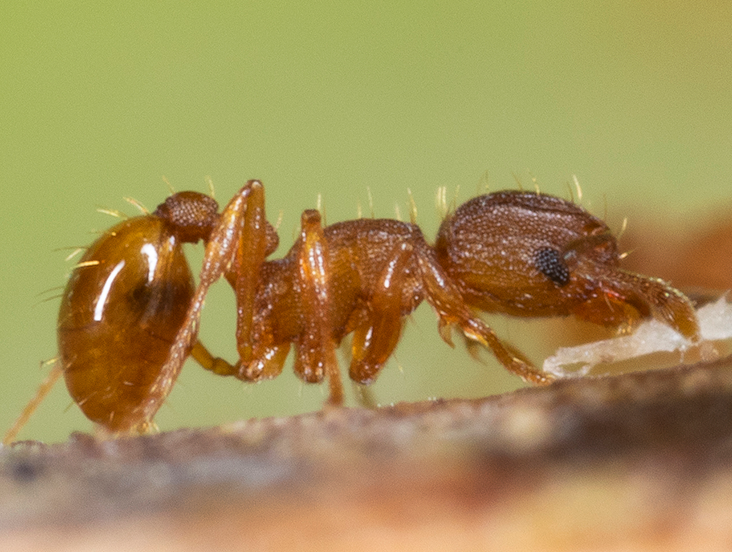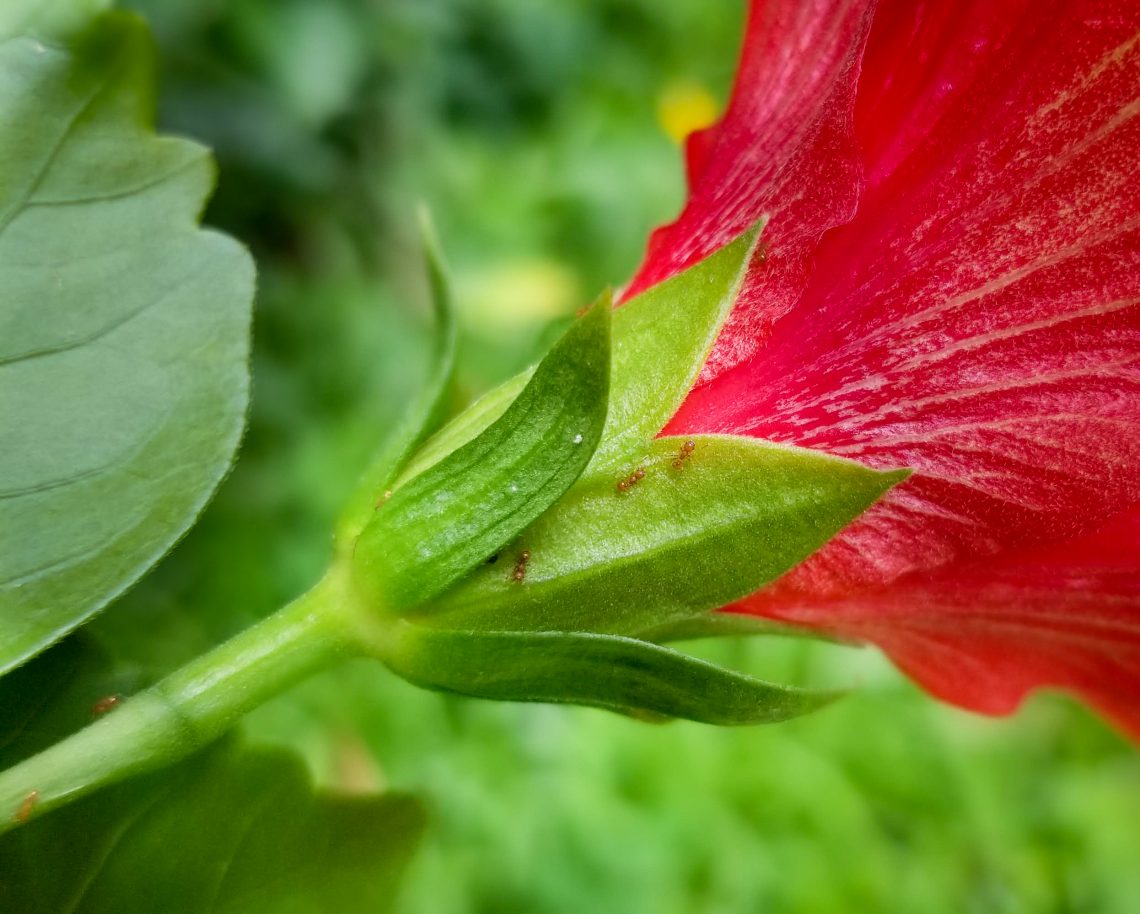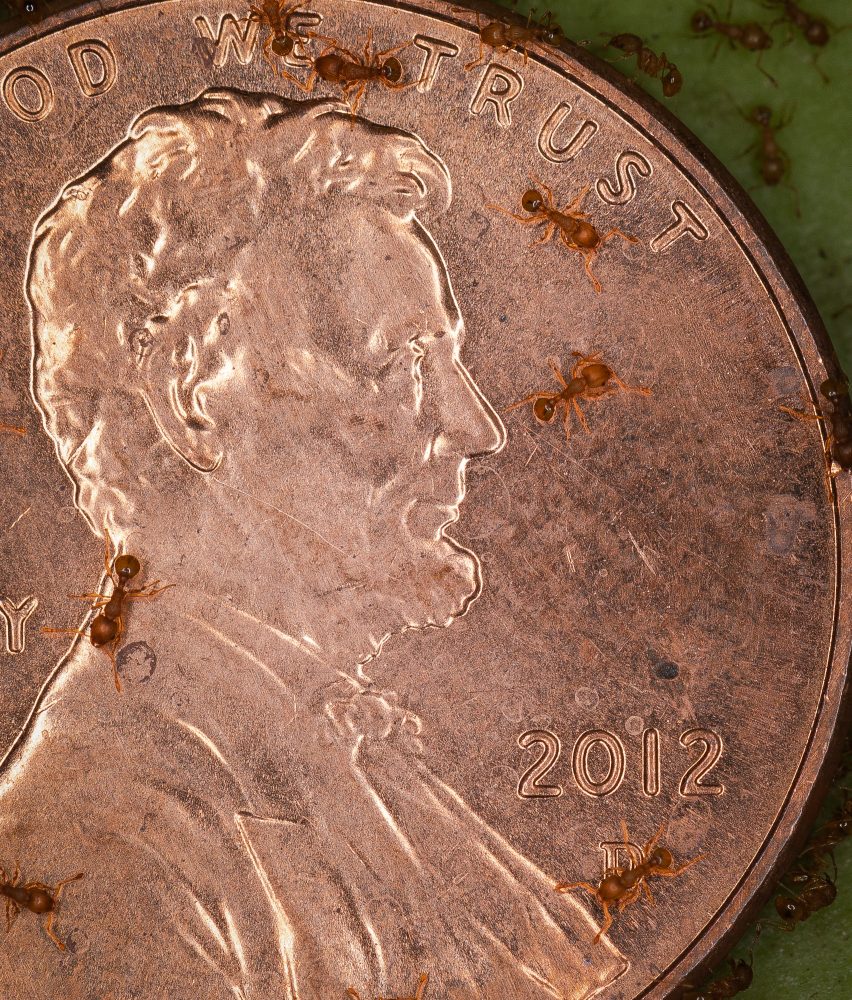With 75% of detections coming from residents, community engagement continues to be the key to protection. The Maui Invasive Species…
Read More
Little Fire Ants
Trace-forward reveals little fire ants in Kīpahulu. Public encouraged to report stinging ants
On August 26th, 2024, the Maui Invasive Species Committee (MISC) field crew detected a small population of little fire ants…
Read More
Press Release: New invasive little fire ant population discovered in Huelo
PRESS RELEASE Date: June 3, 2021 FOR IMMEDIATE RELEASESubject: New invasive little fire ant population discovered in HueloContact: Serena Fukushima,…
Read More
Press Release: Haʻikū residents report stinging ants, uncovering a small population of invasive little fire ants
Date: November 19, 2020 FOR IMMEDIATE RELEASEContact: Lissa Strohecker, Public Relations and Educational Specialist Maui Invasive Species Committee PH: (808)…
Read More
The little fire ant (LFA) has been detected on the campus of Lahainaluna High School
Date: May 05, 2020 FOR IMMEDIATE RELEASEContact: Lissa Strohecker, Public Relations and Educational Specialist Adam Radford, MISC Manager, Maui Invasive Species…
Read More
The little fire ant (LFA) has been detected in the Twin Falls area, Huelo, Maui.
An infestation of little fire ants (LFA) has been detected at an area known as Twin Falls, in Huelo, East…
Read More






